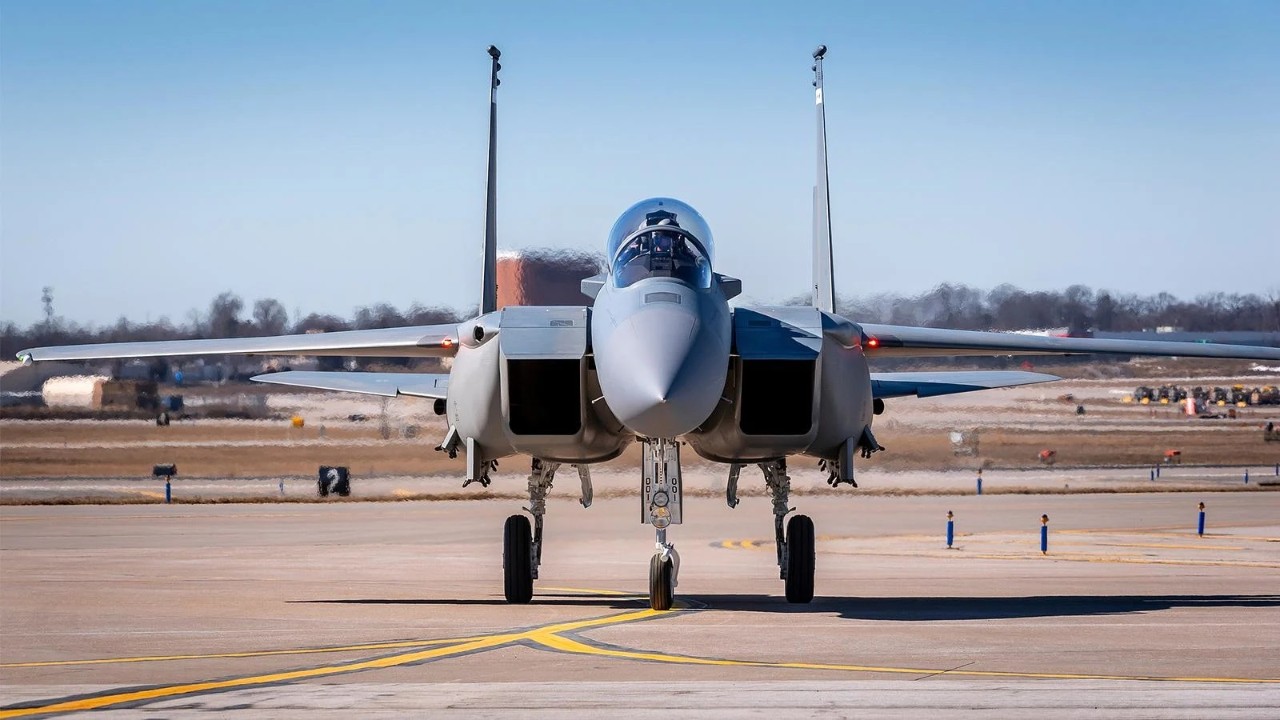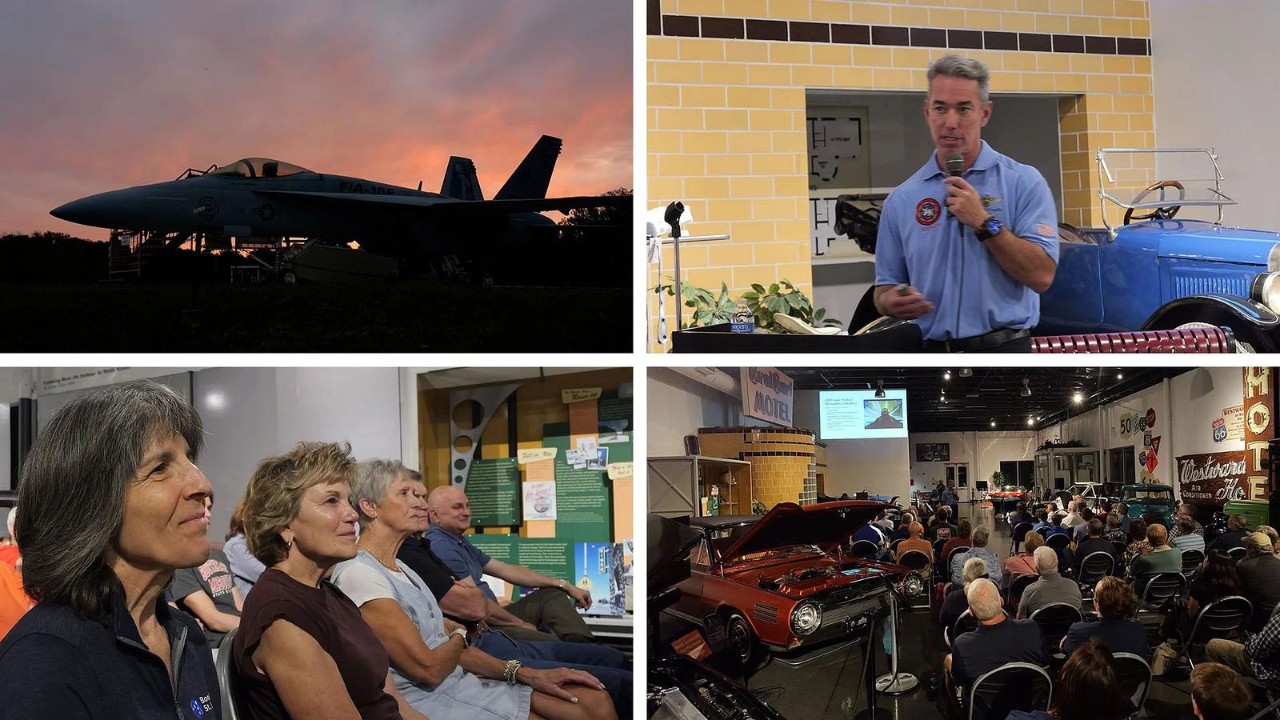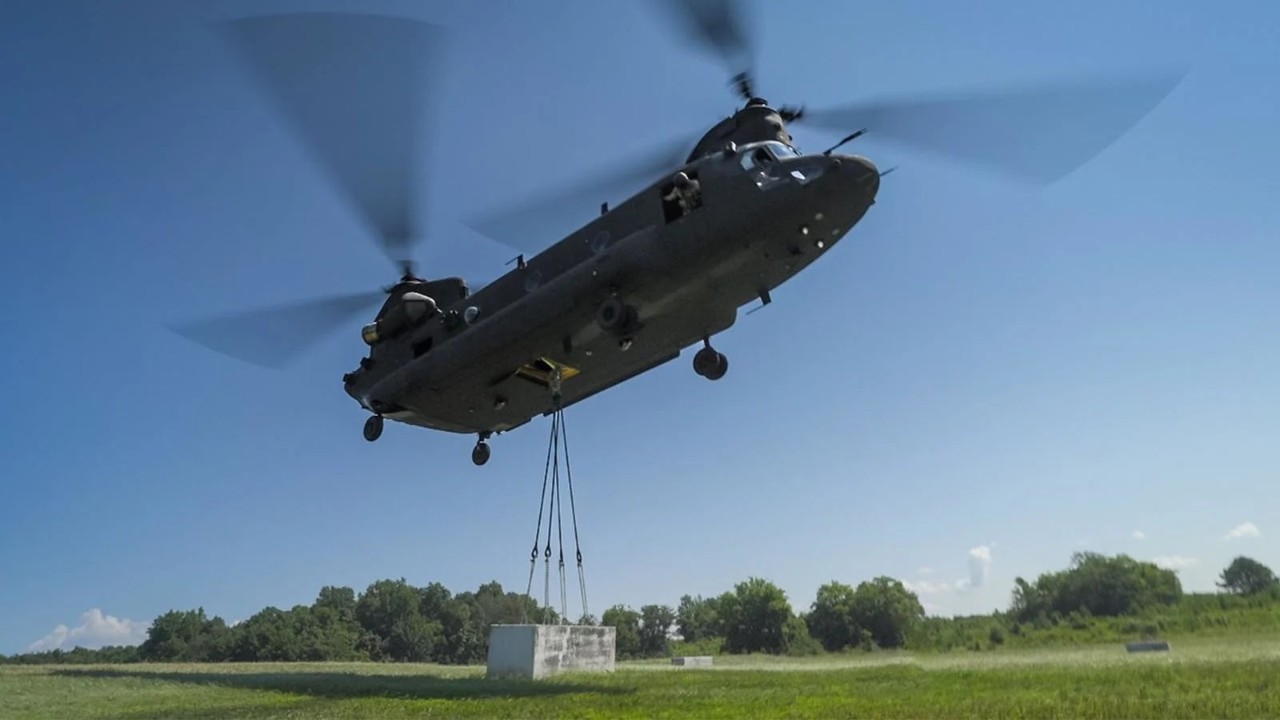AH-64 Apache: Securing the Future of Battlefield Dominance
In 1975, the YAH-64 Apache prototype took to the skies for the first time and made rotorcraft history. The Apache has since evolved to become an indispensable asset on the battlefield, with each evolution – from the AH-64A to today’s AH-64E – delivering advanced attack helicopter capabilities that are operationally proven, mature, low-risk and optimized for readiness.
Proven in combat time and again, the Apache is the attack helicopter of choice for the U.S. Army and the defense forces of 18 Allies and partners around the world. In 2025, Boeing continues delivering for its global customers. Significant milestones include completing the British Army’s fleet of 50 remanufactured AH-64E Apaches and delivering the first Apaches to the Royal Moroccan Air Force, Indian Army and Australian Army.
Investing in the Future
Looking to the future, global demand for the Apache remains strong. Boeing is ready to take its capabilities to the next level with the latest technologies to dominate the battlefield into the next decade and beyond. In alignment with the U.S. Army’s transformation vision, Boeing continues to invest in the future with a focus on the capabilities that will shape the Apache of tomorrow:
- Rapid technology integration through an open systems approach
- Increased lethality and survivability
- Workload reduction and safety
- Extended performance and sustainment
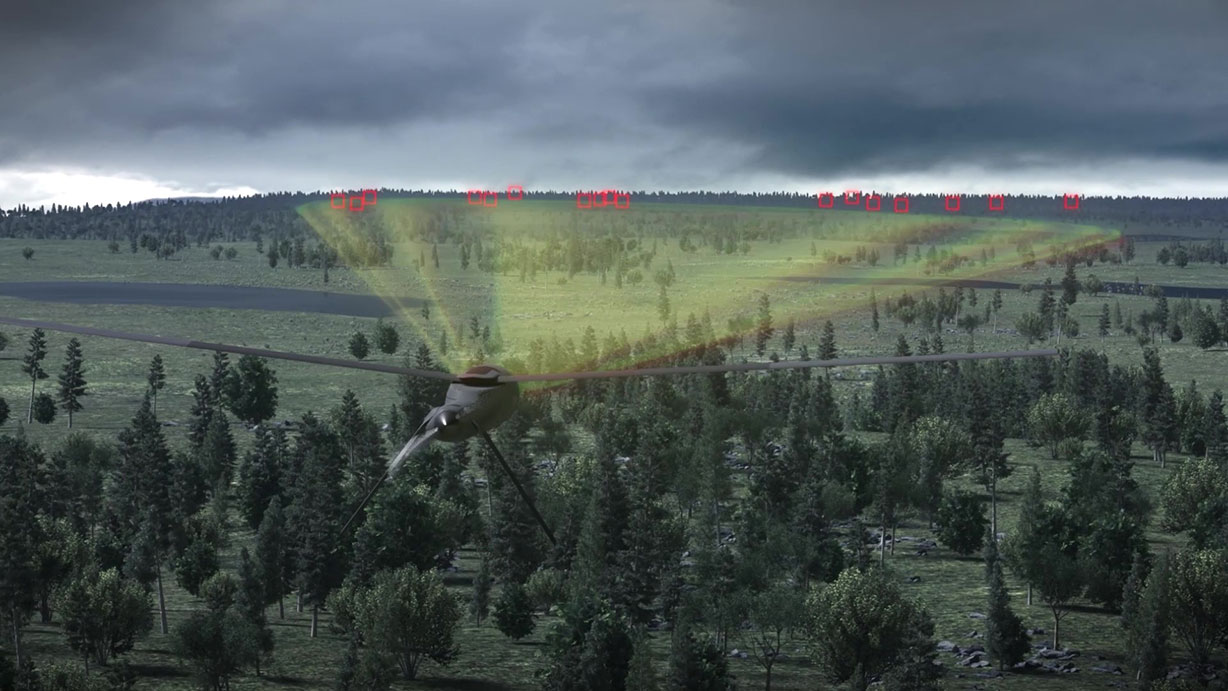 Boeing is actively demonstrating the integration of Launched Effects on the Apache to enhance its sensing capabilities and lethality into the future, from today’s E-model and beyond. (Boeing image)
Boeing is actively demonstrating the integration of Launched Effects on the Apache to enhance its sensing capabilities and lethality into the future, from today’s E-model and beyond. (Boeing image)
Rapidly Integrating Launched Effects and Emerging Technologies
- What’s new? Boeing recently demonstrated in its Avionics Integration Laboratory how it can rapidly and seamlessly integrate Launched Effects on the Army’s E-model Apache fleet. The demos utilized Apache hardware and involved Launched Effects solutions from two industry partners.
- Why it matters: Capable of being launched from autonomous mules and commanded from Apaches operating as a maneuver element along with ground forces, Launched Effects will enhance the aircraft’s sensing capabilities and lethality in complex environments.
- The bottom line: “Our customers understand that winning on the modern battlefield means transforming proven capabilities at the pace of change and ensuring interoperability across the force structure,” said Christina Upah, Boeing’s vice-president of Attack Helicopter Programs. “The Apache is critical to securing the future of battlefield dominance and we’re demonstrating how we can make it even more dominant through integration with autonomous Launched Effects systems and interoperability with other evolving capabilities.”
What’s next: We’re on track to conduct additional Launched Effects demos with the Army and industry partners in 2026, utilizing an actual Apache helicopter.
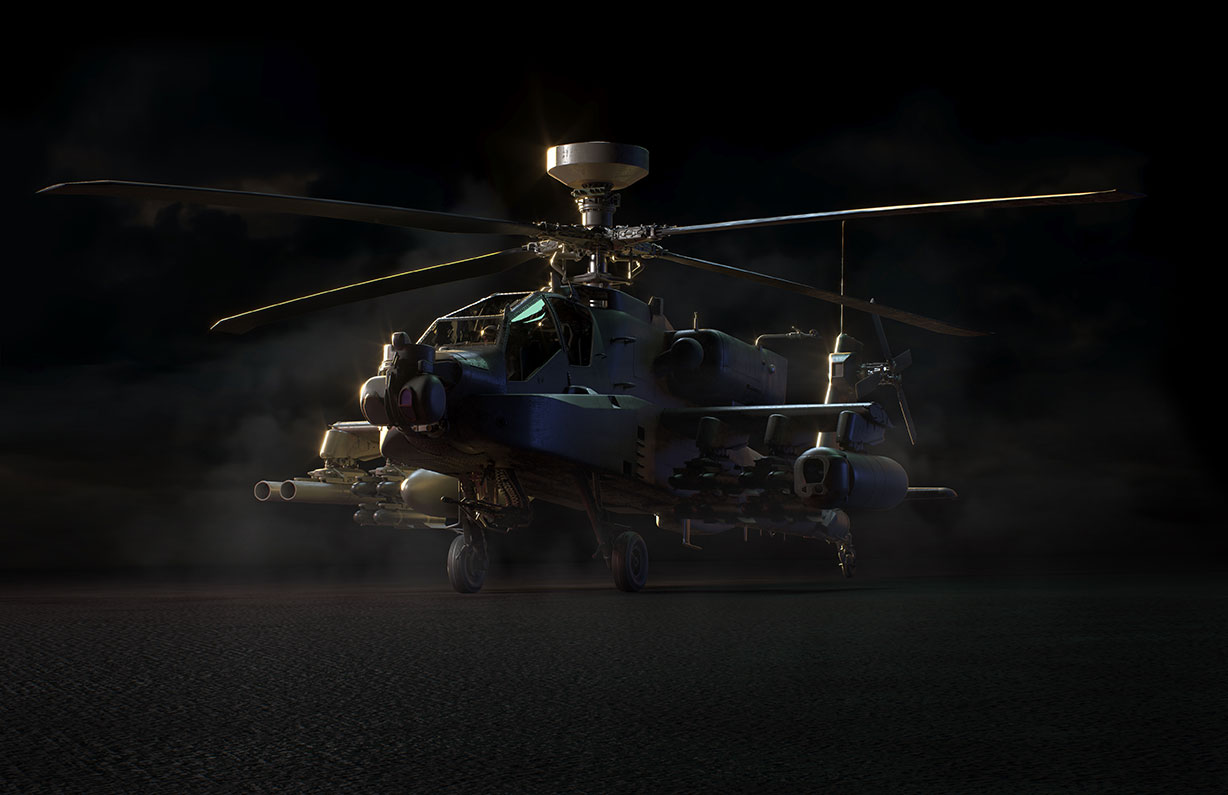 In alignment with the U.S. Army’s transformation vision, Boeing continues to take an open systems approach and invest in the future with a focus on the capabilities that will shape the Apache of tomorrow, as represented by Boeing’s latest Apache concept. (Boeing image)
In alignment with the U.S. Army’s transformation vision, Boeing continues to take an open systems approach and invest in the future with a focus on the capabilities that will shape the Apache of tomorrow, as represented by Boeing’s latest Apache concept. (Boeing image)
Open Systems Approach: Elevating the Attack Helicopter Standard
- What’s new? The Boeing team recently conducted the final Software Baseline Verification Test (SBVT) for the newest E-model Apache. Known as Version 6.5 or v6.5, it features an Open Systems Approach (OSA) that enables the integration of the latest capabilities for increased lethality and survivability. OSA further creates a pathway to achieve the Army’s Modular Open Systems Approach (MOSA) goals for the next evolution of the Apache.
- Why it matters: Apache v6.5 supports the Army’s objectives to upgrade their entire attack helicopter fleet to a common configuration that is primed for continued transformation into the future, including the integration of counter-Unmanned Aircraft System (C-UAS) solutions and Long-Range Precision Munitions (LRPM).
- The bottom line: “The Open Systems Approach and enhancements that we’re introducing with the v6.5 Apache will make the Apache even more dominant against evolving threats, and paves the way for capabilities that will enable the next evolution of the Apache from the E-model and beyond,” said Terry (TJ) Jamison, Boeing’s director of Business Development for Attack Helicopter Programs.
- What’s next: V6.5 testing is taking place at Yuma Proving Ground through this year and brings us closer to delivering verified v6.5 capabilities to the Army in 2026.
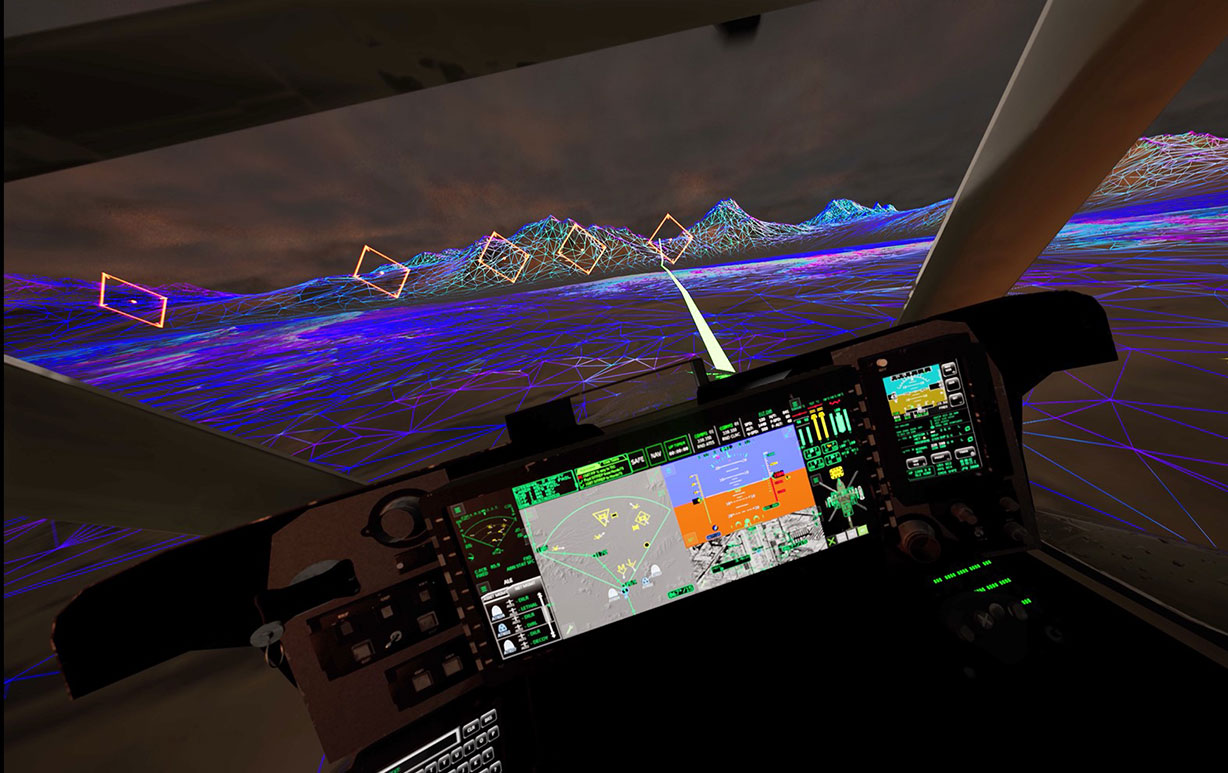 Boeing is enhancing the Apache’s cockpit experience with Advanced Crew Station innovations, including full-color touch screen displays, to improve situational awareness and reduce pilot workload (Boeing image).
Boeing is enhancing the Apache’s cockpit experience with Advanced Crew Station innovations, including full-color touch screen displays, to improve situational awareness and reduce pilot workload (Boeing image).
Improving the Apache Crew Experience
- What’s new? To help Apache pilots in the loop maximize the efficiency of Launched Effects and other new capabilities, we’re developing enhancements that will improve situational awareness and reduce crew workload. Boeing’s design for the Apache’s Advanced Crew Station offers multiple upgrades such as full-color, large-area touch screen displays and Advanced Flight Controls.
We’re also exploring new helmet solutions that will intuitively display critical information, such as the location of landing zones and the ‘threat dome’ of the adversary’s air defenses, in a digitally augmented visor.
- Why it matters: Boeing is developing these innovations inside the Apache’s cockpit so that pilots can focus on achieving their missions. Advanced Flight Controls and the latest helmet technologies enable further workload reduction for Army aviators while maximizing the Apache’s lethality, survivability and performance in all-environment operations.
- The bottom line: “Inside the cockpit, we’re evolving the pilot experience to ease the workload on Apache crews while simultaneously maximizing the lethality, survivability, and interoperability of the platform. We’re enabling the warfighter to seize windows of opportunity on the battlefield and gain the decisive advantage by delivering the Apache’s effects at exactly the right place and time,” said Jamison.
- What’s next: Boeing continues investing in the development and testing of crew station improvements, as well as applying lessons learned from Advanced Flight Control testing on another Vertical Lift platform.
To learn more about how Boeing is advancing the Apache’s capabilities to support the Army’s future needs, click here.
